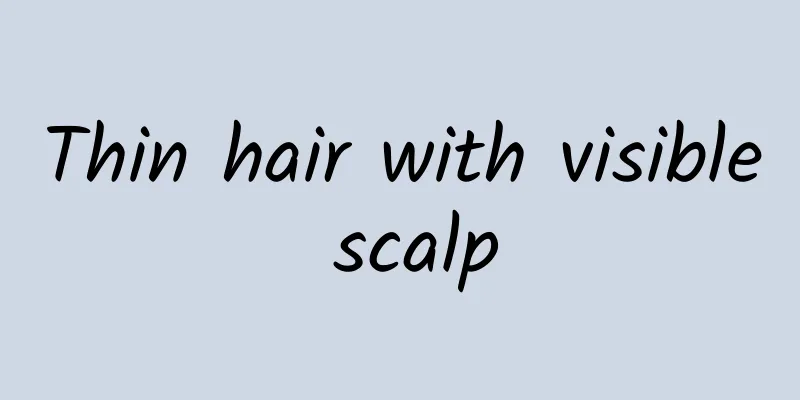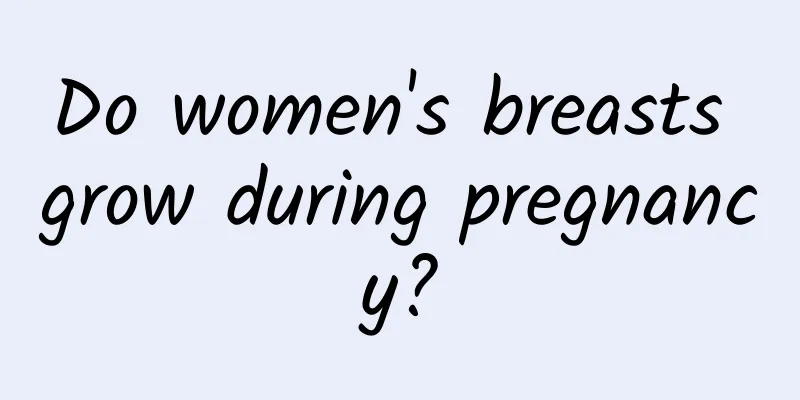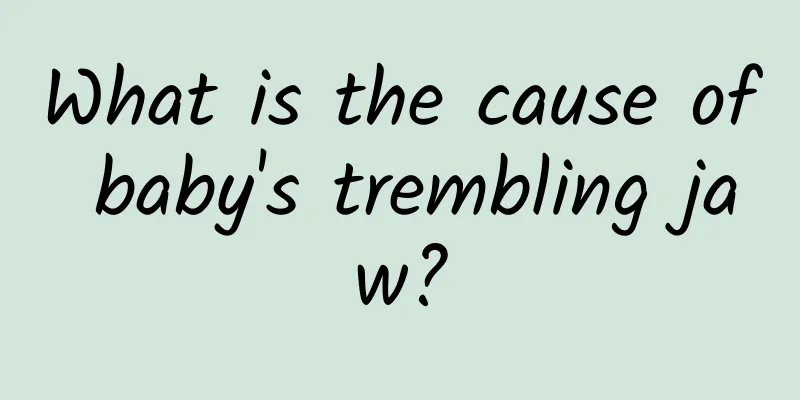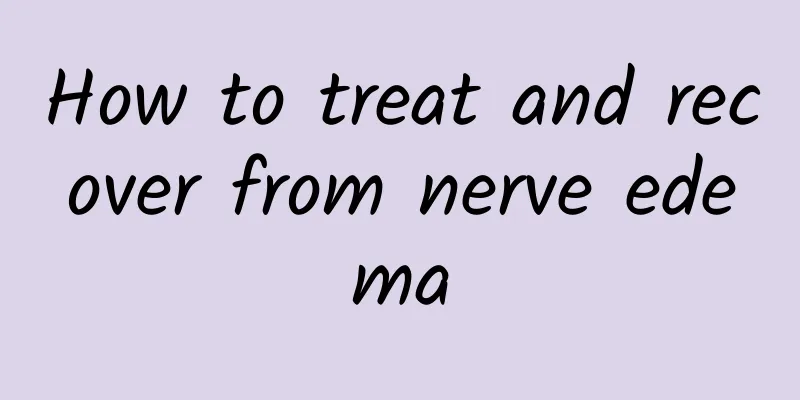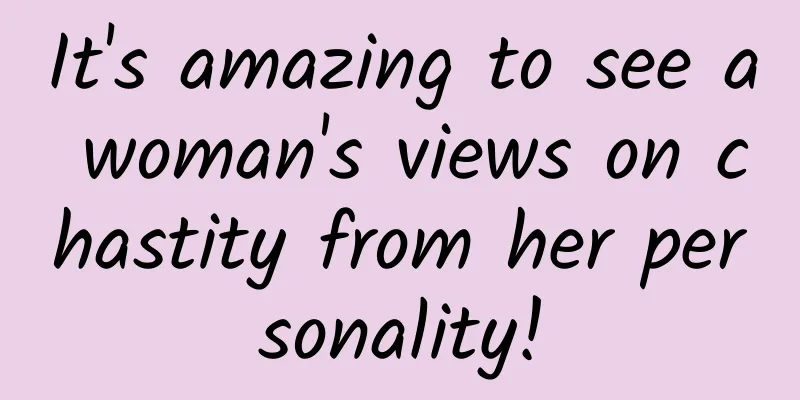Is it true that you brush your teeth every day? Let's compare
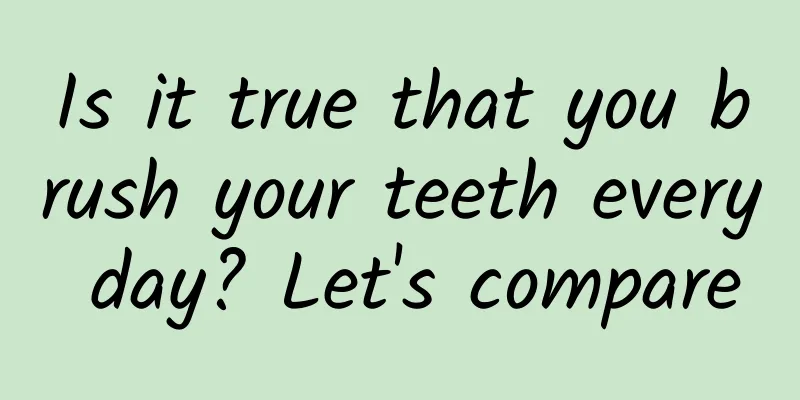
|
We all know that brushing teeth is a basic oral care measure, but most people don’t know whether their brushing method is correct. Here we will introduce the abnormal symptoms that indicate incorrect brushing methods. The bristles have not bent in three months The time and frequency of brushing are not enough. A toothbrush should be replaced at least every three months. If the bristles of the toothbrush are not bent or tilted when it is time to replace it, it may be that you brush your teeth too lightly or too rarely. You should brush your teeth once in the morning and once in the evening, for 3 minutes each time, with appropriate intensity. In addition, there is a kind of toothbrush on the market that will "fade". After being used to a certain extent, the color of the bristles will gradually fade, reminding people that it is time to change their toothbrushes and play a "supervision" role. Toothpaste is used up quickly Too much toothpaste. Toothpaste usually uses calcium oxide as an abrasive. Calcium oxide is in irregular rhombus shape, so if you use too much toothpaste when brushing your teeth, it will cause certain wear and tear on your teeth over time. Generally, you only need to take a soybean-sized amount of toothpaste. There is also a situation where the whole family uses one tube of toothpaste, which will increase the chance of cross-infection in the oral cavity of the whole family. Each person should have a tube of toothpaste, and it is best to buy a small tube. Toothache after brushing and eating The mouthwash temperature is too low. If you feel toothache after brushing your teeth and have difficulty eating, it may be because the temperature of the mouthwash is too low and your gums become sensitive due to the cold stimulation. It is recommended to rinse your mouth with warm water at about 35°C to avoid irritation and reduce the occurrence of pulp inflammation. The periodontal tissue is not smooth after brushing The toothbrush is not held at a 45° angle. After brushing your teeth, lick them with your tongue. If the junction of the teeth and gums is not smooth enough, or there is still tartar, it means that the angle of the toothbrush is wrong and the bristles are not fully in contact with these places. The toothbrush should be at a 45° angle to the teeth. After brushing, there is still breath Didn't brush the tongue. Food debris and bacteria on the tongue can cause bad breath. Therefore, excluding reasons such as stomach or lung diseases, if bad breath still exists after brushing your teeth, it is probably because you did not brush your tongue. A study from the University of British Columbia shows that brushing your tongue while brushing your teeth can reduce bad breath by about 85%. When brushing the tongue coating, use a soft toothbrush and gently brush from the root of the tongue to the tip of the tongue 7-10 times. |
<<: Women in their twenties are afraid of cold, don't tell me there's something wrong with your body
>>: Sub-health: How to identify it from the perspective of traditional Chinese medicine
Recommend
How long does it take to treat asthenospermia?
Asthenospermia refers to the poor quality of male...
What to do if baby has rash all over body
When the baby develops a rash all over his body, ...
Causes of the Plum Rainy Weather Syndrome
We all know that plum rain syndrome often occurs ...
Garlic for cough
I think everyone should be familiar with garlic, ...
What are the symptoms of scalp ringworm? How to take care of scalp acne
Scalp psoriasis is a common type of psoriasis. Th...
Brucea javanica oil for treating warts
Brucea javanica is a plant that can be used in tr...
What causes thinning nails?
Since we are human beings, every part of the huma...
Toothpaste and baking soda for nose brushing
There are many little tips in life that can help ...
What is the patella?
The patella is the kneecap we are familiar with. ...
Blood pressure changes during the day
Blood pressure is an important measure of whether...
Advantages and disadvantages of removable dentures
Dentures, also known as false teeth, are artifici...
White spots on both sides of nose
The nose is a very important organ in the body, b...
How to prevent ectopic pregnancy
I believe that every woman has more or less heard...
Where is the bladder meridian located?
The bladder meridian is a relatively common merid...
Leprosy prevention and treatment knowledge
Leprosy is a disease that endangers people's ...
